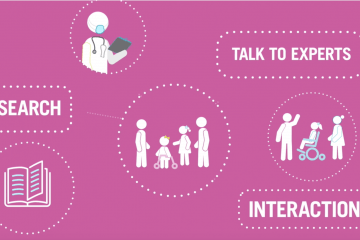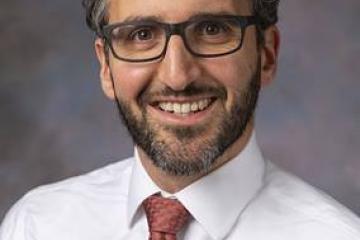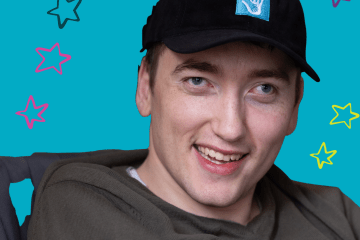New Horizons Virtual Town Hall 8 - Deep Dive Into Understanding Spasticity
Ann Tilton, MD
Pediatric Neurologist, Children's Hospital New Orleans
Ann Tilton, MD, is a Professor of Neurology and Pediatrics and Section Chair of Child Neurology at Louisiana State Health Science Center in New Orleans, Louisiana. She is Director of the Rehabilitation Center at Children’s Hospital of New Orleans and Director of the Comprehensive Spasticity Program. Special interests include neurorehabilitation, neuromuscular disorders, and clinical applications, as well as research in novel uses of botulinum toxin and intrathecal baclofen in the care of children and young adults with abnormal tone. She has won awards for innovation in this area.
Dr. Tilton has been involved in the Professors of Child Neurology (PCN) executive committee and active in the national Child Neurology Society (CNS) as a councilor, Secretary/Treasurer, and served as President of the organization.
She is the immediate Past-President of the Child Neurology Foundation (CNF). She is actively involved in the American Academy of Neurology (AAN) Board of Directors, where she just completed her service as Vice-President.
Residency education is one of her priorities, and she served as a member and Vice-Chair of the ACGME Neurology Residency Review Committee (RRC). She recently completed her role as the Chair of the American Board of Psychiatry and Neurology (ABPN).
Her interest in children with disabilities extends to the American Academy of Pediatrics (AAP), where she served on the National Council for Children with Developmental Disabilities. She is presently the Director of the Rehabilitation Center at Children’s Hospital of New Orleans.
Dr. Tilton has been board certified by the American Board of Pediatrics, the American Board of Psychiatry and Neurology with Special Qualifications in Child Neurology, and the American Board of Psychiatry and Neurology in Clinical Neurophysiology. She has extensive publications on numerous topics and has spoken nationally and internationally on child neurology, advancing patients with disabilities, and spasticity management.
Joyce Oleszek, MD
Pediatric Physiatrist, Children's Hospital Colorado
Joyce Oleszek, MD, is a Professor of Physical Medicine and Rehabilitation at the University of Colorado School of Medicine and Co-director of the Complex Surgical Tone and Rhizotomy Program at Children’s Hospital Colorado. She has practiced at Children’s Hospital Colorado for 20 years, and her clinical interests include cerebral palsy, tone management and neuromuscular disorders. She is involved in the hospital’s Center for Gait and Movement Analysis, and she assists in the intraoperative monitoring for rhizotomy surgeries.
Her primary research interest is in the tone management of children with cerebral palsy. She has participated in numerous research studies and multi-center clinical trials in this area. She has also authored numerous publications and book chapters. She is active in the Cerebral Palsy Research Network and spearheaded the development of its clinical registry at Children’s Hospital Colorado.
She is a member of the American Academy of Cerebral Palsy and Developmental Medicine and has served on numerous committees, including serving as the Chair of the Adaptive Sports Committee. She is a United States Paralympic Track & Field National Medical Classifier, and she classified pediatric athletes at the Junior Nationals event this summer in Denver, Colorado – a week-long national sport event for young athletes with disabilities.
We talk about cerebral palsy as not being progressive, that it was an injury that occurred and it hasn't changed. Well the original disorder has not changed, but over time it is clear that a lot of other things do and muscle that is not used sort of in this standard or typical way has changes that occur to it. So if there is spasticity, the young child will look different than the older child because of the evolution of the tightness, maybe contracture, which is really a tendons tightness. And so it is an evolution over time and spasticity is different.






